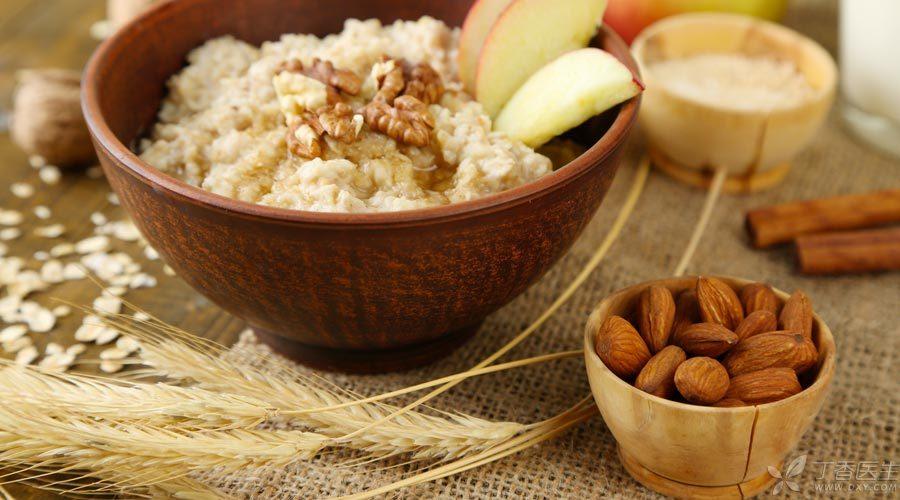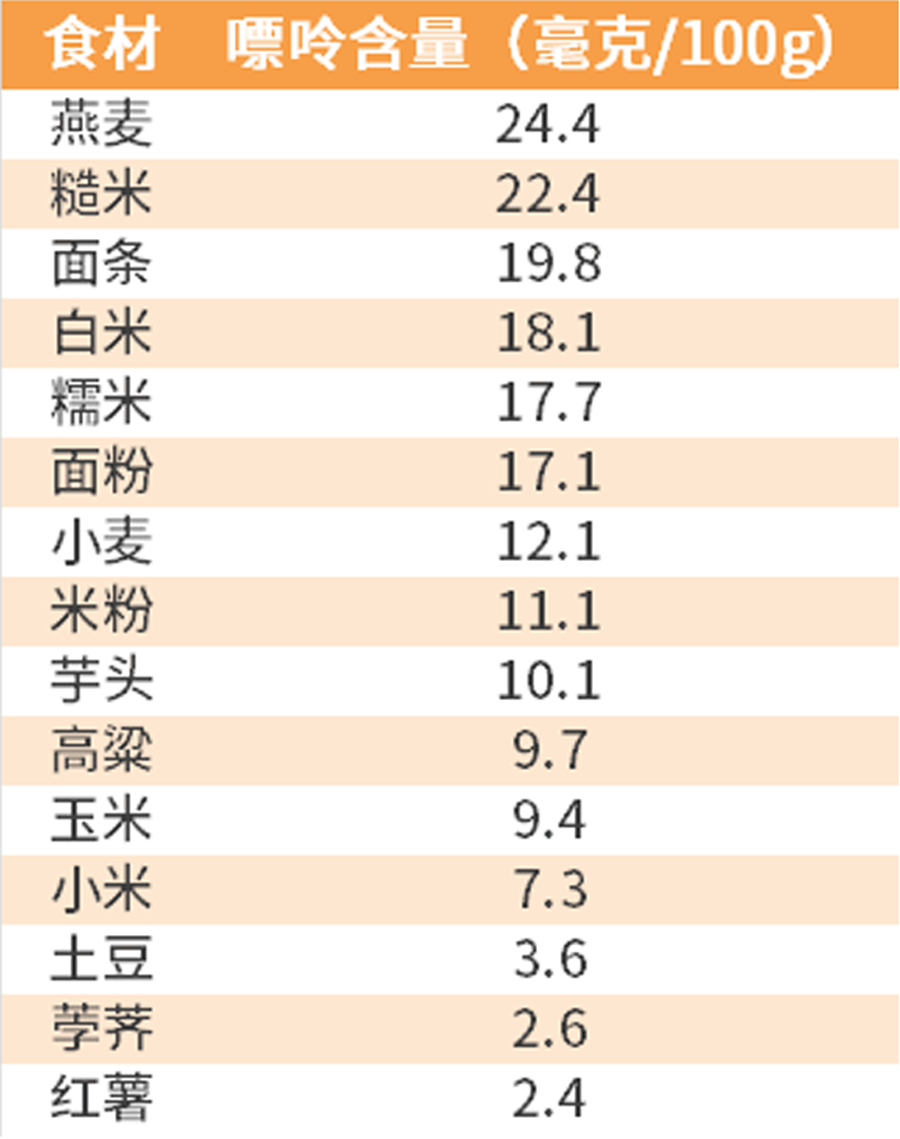
When gout patients choose food, [purine content in food] is an important judgment index. Because the [root] of gout is hyperuricemia, purine in food will be metabolized into uric acid in the body, affecting the level of uric acid in blood.
However, the purine content in the skins of various grains is relatively high, so it was previously believed that friends with gout or high uric acid should eat more flour and rice with lower purine content such as refined white rice and refined white flour. However, we should eat less coarse grains with high purine content such as oats, taro, corn and millet.
However, with the deepening of the research, this view began to fail.
The purine content of coarse grains is not necessarily high.
At present, food purine is not included in the most professional food nutrition book < < China Food Composition Table > > in China.
There are many sources of [purine content in food] in various books and network materials, and the relevant data are not consistent, some of which are still quite different. This may be related to the determination method, the origin, variety, maturity degree, water content and other factors of the selected food.
The following are the data from People’s Health Publishing House < < Nutrition and Food Hygiene > >:

Judging from the above data, the purine content in many daily coarse grains such as millet, corn, sorghum, taro, potato, water chestnut and sweet potato is not high, even far lower than refined white rice and refined white flour.
White rice and noodles can be eaten at ease. Of course, these coarse grains with lower purine content can also be eaten.
Plant purines are different from animal purines
In the past, there was a lack of in-depth research, so it was not recognized that purines in plant foods and animal foods had different effects on gout.
However, recent studies have found that purines in vegetable, coarse grains and other vegetable foods rarely increase the level of blood uric acid and do not affect gout control.
In addition, the dietary fiber and various nutrients contained in coarse grains are higher than those in flour and rice. If there is no special need, friends with high uric acid and gout do not need to reduce the intake ratio of coarse grains.
Therefore, it is OK for everyone to match the thickness of their daily staple food, instead of specially choosing more refined grains, let alone avoiding coarse grains.
Dietary fiber in coarse grains is beneficial to gout.
Coarse grains contain more vitamins, minerals, dietary fiber and less carbohydrates than flour and rice, which are beneficial to the control of hyperuricemia and gout.
1. Losing weight and preventing gout
Dietary fiber has strong water absorption and swelling performance, and its volume and weight increase by 10-15 times after water absorption, which can not only increase people’s satiety, but also reduce the absorption of fat by human body, which is beneficial to preventing gout attacks.
2. Reduce the occurrence of hyperlipidemia
Gout is a metabolic disease, and gout patients are more likely to be complicated with hypertension, diabetes, hyperlipidemia, etc.
However, [pectin] in coarse grain dietary fiber can combine cholesterol and make it directly discharged from intestinal tract, thus reducing the absorption rate of cholesterol in diet, thus reducing the total cholesterol level and the occurrence of hyperlipidemia.
3. It is conducive to the improvement of diabetes.
Many gout patients are often accompanied by diabetes. Diet should not only consider gout, but also diabetes control.
Pectin in coarse grain dietary fiber can reduce the absorption rate of glucose and prevent postprandial blood sugar from rising sharply, which is also beneficial to blood sugar control.
How is coarse grain and flour and rice best matched?
For ordinary patients with elevated uric acid or gout, they can freely match according to their dietary preferences.
For gout patients who are overweight or even obese, it is suggested to increase the proportion of coarse grains as much as possible and control the total amount of staple food consumed every day to lose weight. Obesity is also an important reason that affects high uric acid and gout control. If the weight is well controlled, gout can also be improved.
For patients suffering from diabetes at the same time, it is suggested that the ratio of coarse grain to flour and rice is 1: 1 or coarse grain accounts for a larger proportion, which is helpful to control blood sugar.
However, for people with gout and gastrointestinal diseases (such as gastric ulcer), the proportion of coarse grains should be reduced and the proportion of coarse grains and flour and rice should be matched according to their digestion ability.
